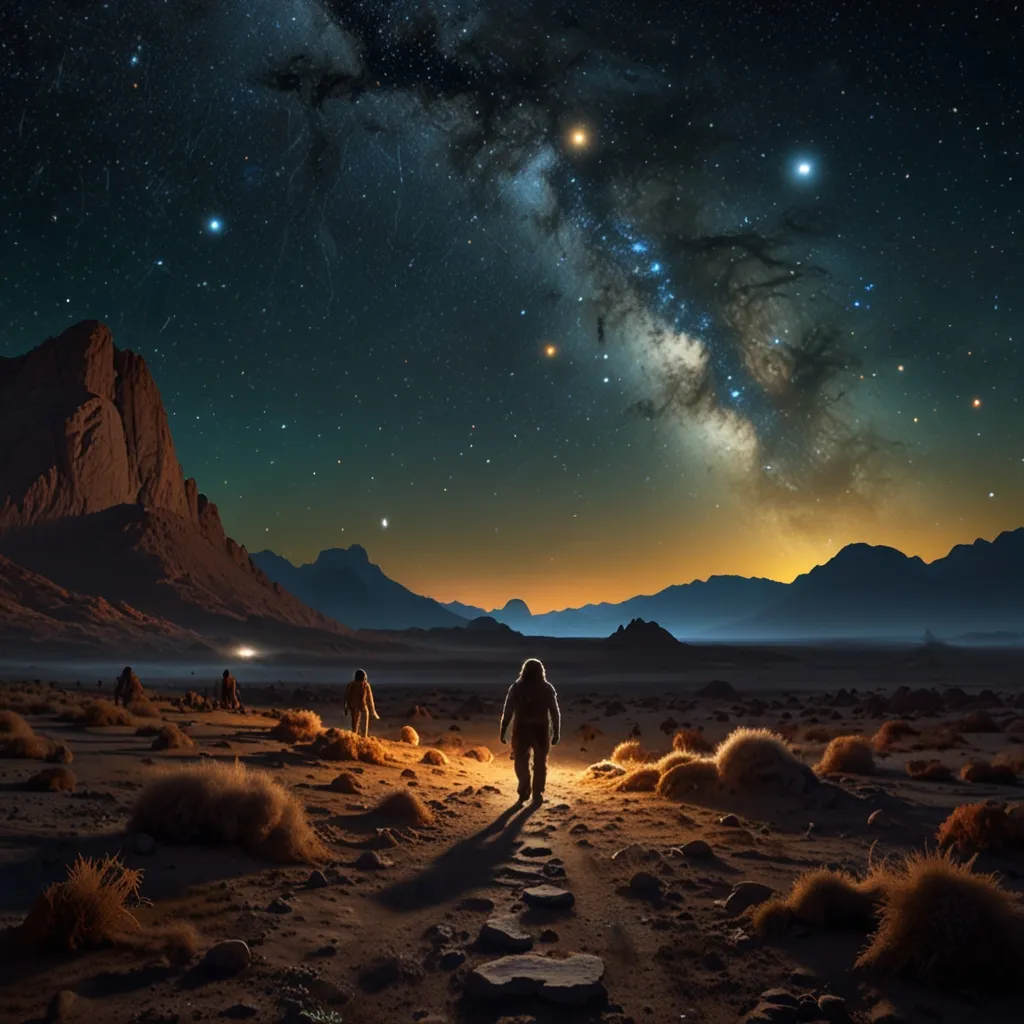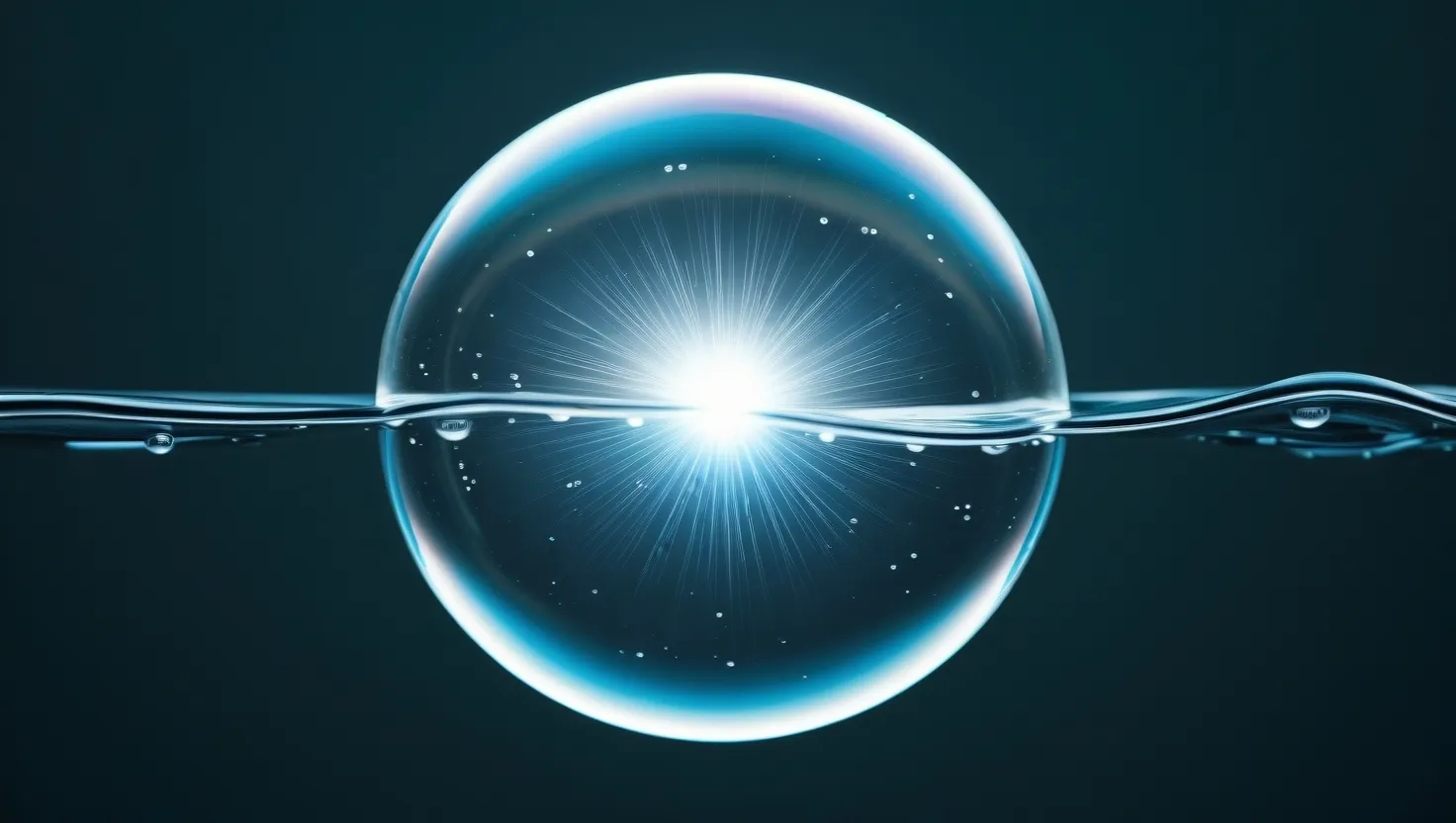Recent scientific discoveries have drastically altered our understanding of human origins and the future direction of our species. These findings reveal astonishing details about our past and what lies ahead, including the potential for encounters with extraterrestrial intelligence.
First, let’s talk about Neanderthals. Contrary to the outdated notion that they were primitive and brutish, Neanderthals were remarkably similar to us. In fact, they didn’t vanish entirely 40,000 years ago; they interbred with Homo sapiens. Consequently, about 2% of genetic material in modern humans is Neanderthal. This interbreeding helped us gain immunity to certain diseases and resulted in lighter skin, as Neanderthals were fair-skinned.
Another surprising revelation concerns the initial migration of Native Americans. Contrary to the assumption they spread through North America first, anthropological evidence shows that these early people swiftly moved along the west coast of Canada and the United States, heading straight for South America. It appears that environmental factors, such as recovering Ice Age landscapes and warmer climates, influenced their path.
Onto Mars—liquid water is flowing. This startling discovery indicates water moves down Martian mountains during warmer seasons and freezes when temperatures drop. Such conditions greatly increase the likelihood of microbial life, suggesting Mars is not as barren as once thought.
Regarding the dwarf planet Ceres, NASA’s Dawn spacecraft identified mysterious lights on its surface. The dwarf planet, situated in the asteroid belt between Mars and Jupiter, could be reflecting light from ice volcanoes or salt deposits. Some scientists speculate these lights could even be of extraterrestrial origin, adding to the allure and mystery of our solar system.
Our cosmic outlook expanded significantly with the Kepler Telescope’s findings. It confirmed every star has at least one orbiting planet, meaning the likelihood of life existing elsewhere is immensely high. With around 40 billion Earth-sized planets in habitable zones, the notion of Earth being the sole life-supporting planet seems implausible.
Swirling around this data, scientists predict that we may detect intelligent life within the next two decades. Thanks to advancements like the Kepler space telescope and the forthcoming James Webb telescope, which promises to be vastly more powerful than Hubble, the possibility of making first contact by 2040 is strong. However, meeting these extraterrestrial beings face-to-face remains improbable due to the colossal distances between stars. Communication, likely the extent of our interaction, would be limited by the speed of light, turning interstellar dialogue into something resembling a very long-distance relationship.
These scientific developments are mind-boggling, reshaping how we view our place in the universe. They challenge our previous understandings and open doors to amazing possibilities about our future. The cosmos might soon feel a lot less lonely.






